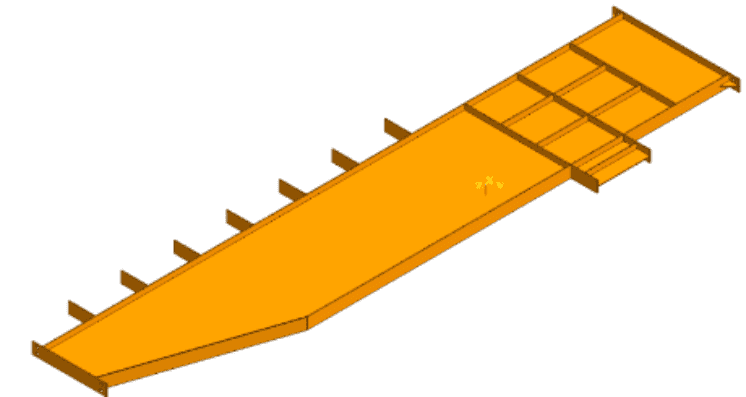We often get asked how long it takes to program things with Verbotics Weld and how it compares to conventional programming. It is difficult to quantify how long programming takes and is dependent on many factors. In this post we will look at an example part and try to estimate the programming time from a number of sources.
In their paper, Sparkans and Eerme [1] describe a method for estimating programming time for arc welding robots. Their method includes the number of welds, the part size, and the complexity amongst other metrics to produce an estimate of programming time. It was developed by gathering programming data from SMEs between 2007 to 2010. We will use this paper as one source to estimate programming time for an example part.

For our example part shown, we reached out to a robot integrator to get their estimate of the programming time using conventional online programming. We also reached out to some of our customers to see how long it would take them to program the part using Verbotics Weld.
This part is intended to be welded with an single pass 8mm fillet weld except for the following:
- 6mm fillet weld to the attachment plates at the top of the assembly.
- 10mm fillet weld to the plates surrounding the main web performed as 3 passes.
In total this part has 175 individual weld paths to complete. It is relatively straightforward and has no curved weld paths.
A robot would take around 7 hours to complete welding of this part. This includes the time to complete path finding using the welding wire, and other actions such as wire cutting and torch cleaning.

The results of the estimated programming time from an integrator, using the Sparkans and Eerme method, and using Verbotics Weld are shown below:
| Conventional Programming | Verbotics Weld | ||
|---|---|---|---|
| Estimated by Integrator | Estimated by Paper | ||
| Weld Paths | 10.8 | 34.4 | 1.45 (average, range 0.85 - 2.5) |
| Clearance Moves | 1.5 | ||
| Multipass | 0.3 | ||
| Touchup and verification | 24 | ||
| Total | 36.6 hours | 34.4 hours | 1.45 hours |
It should be noted the integrator mentioned that the time given was based on a best-case scenario and additional time would be added for quotation purposes.
For this part our customers estimated they could complete programming more than 25 times faster than the estimated time using conventional programming. How do these results compare to your experience with robot programming? Get in contact with us if you would like to learn more.
